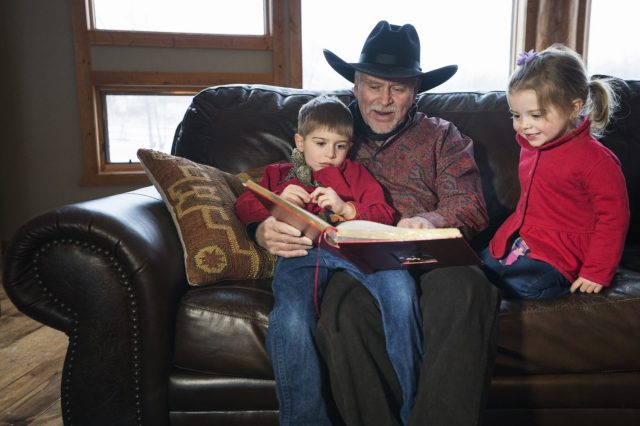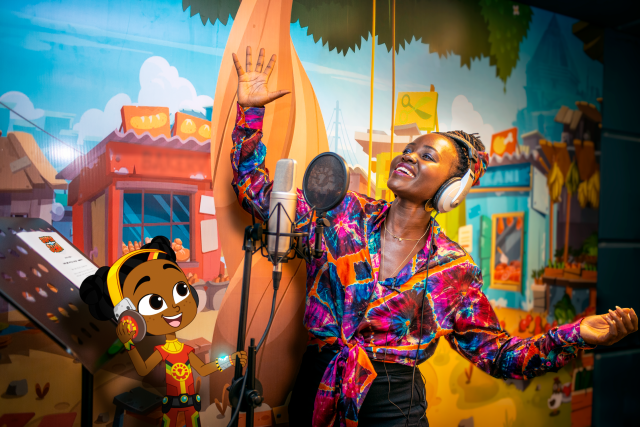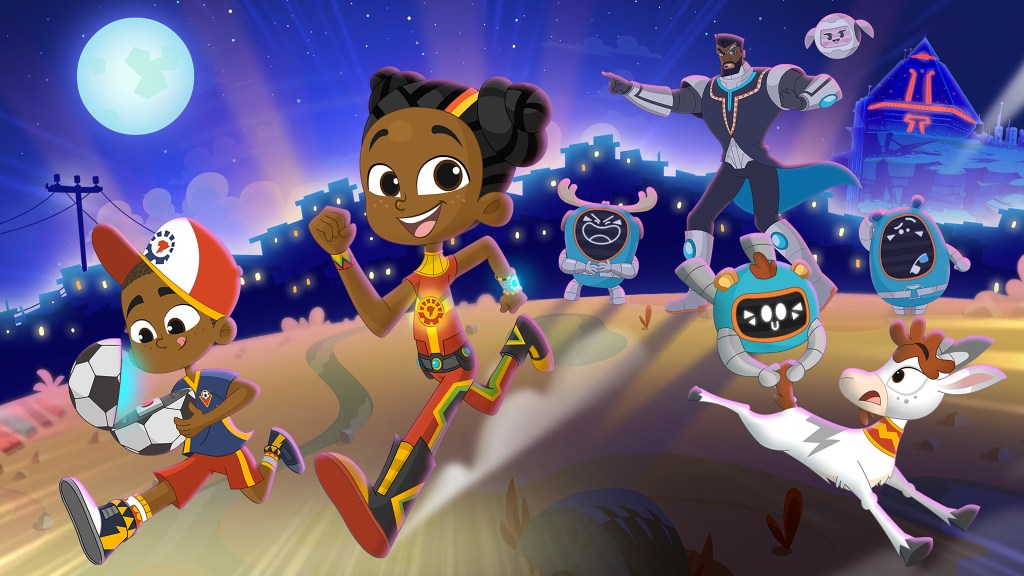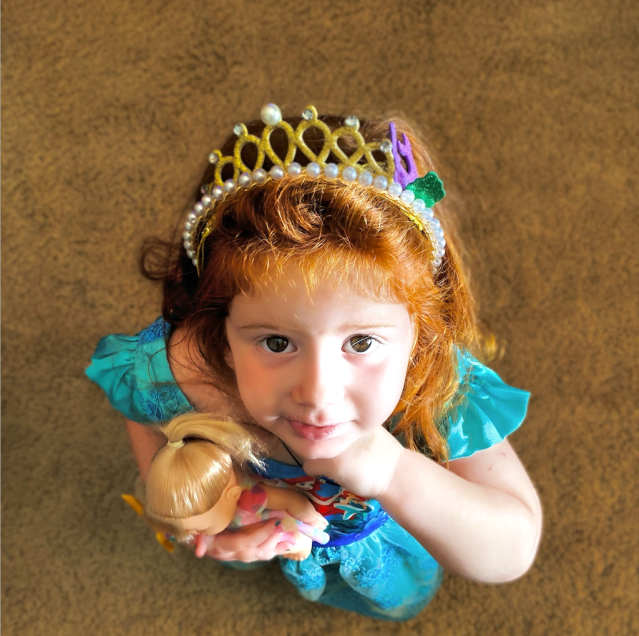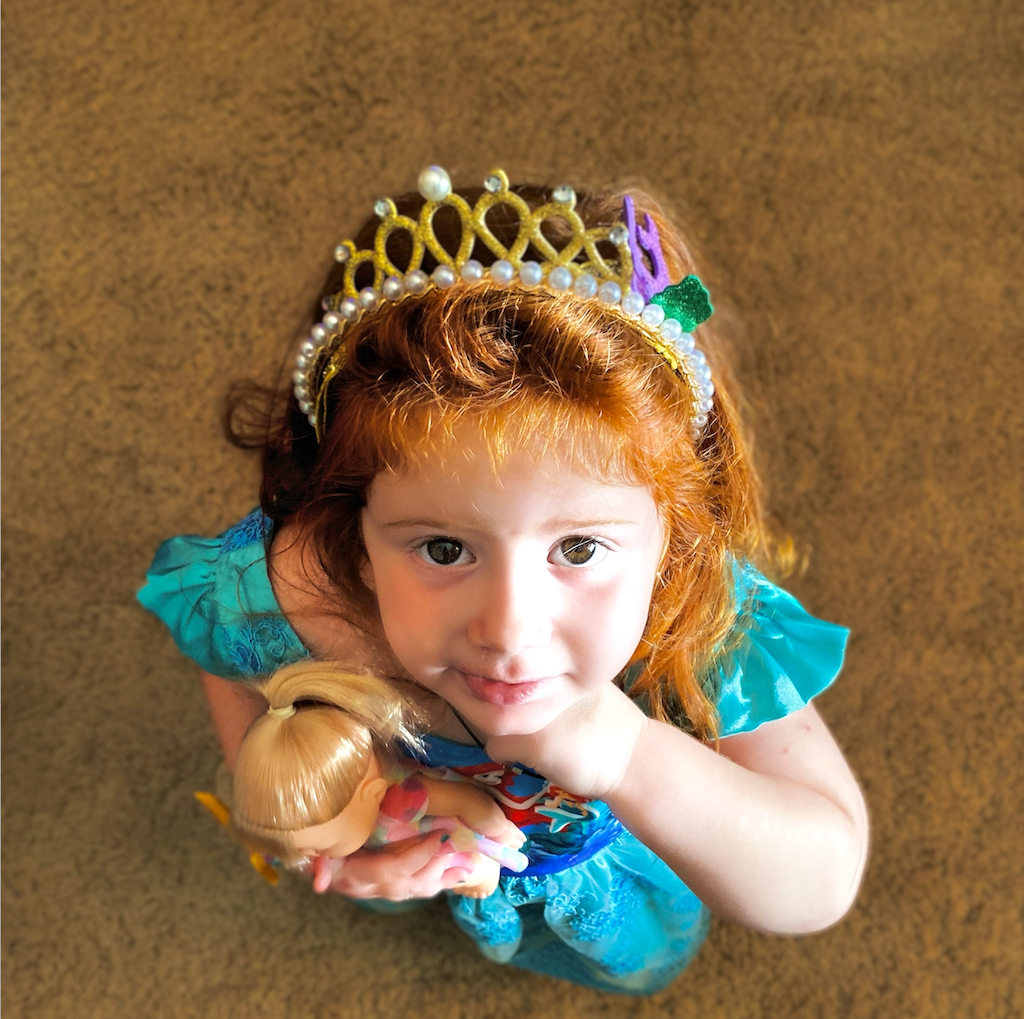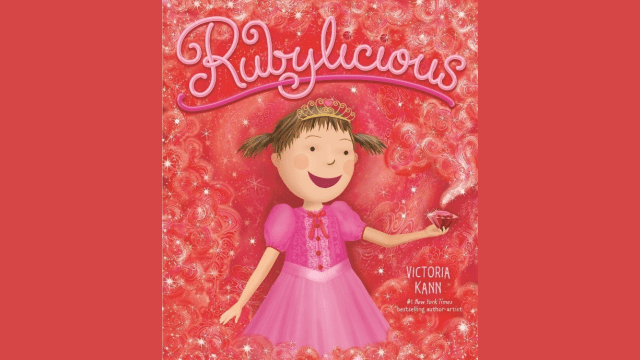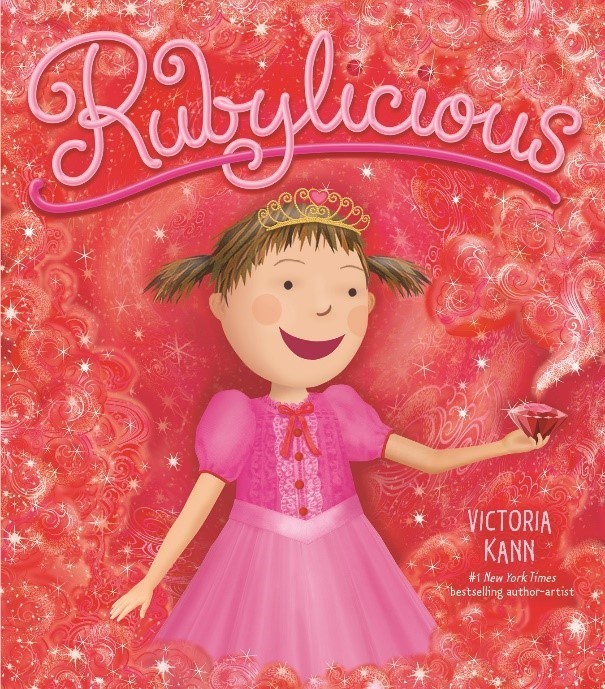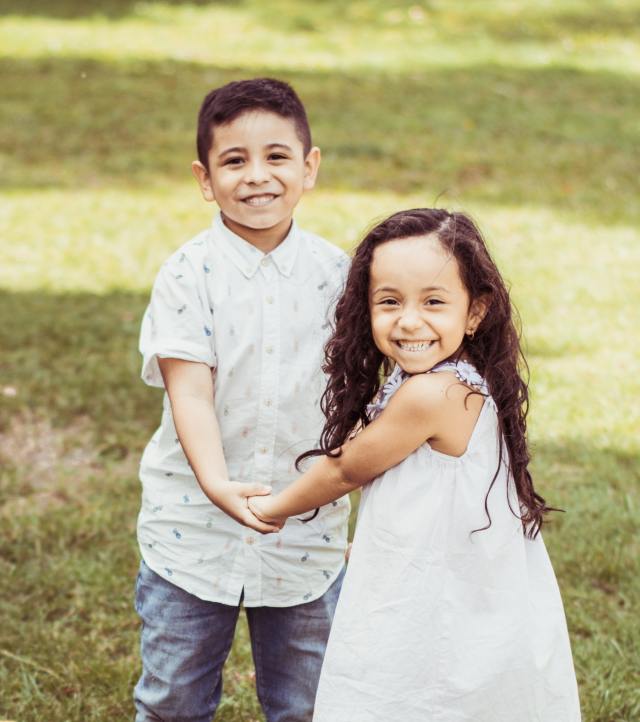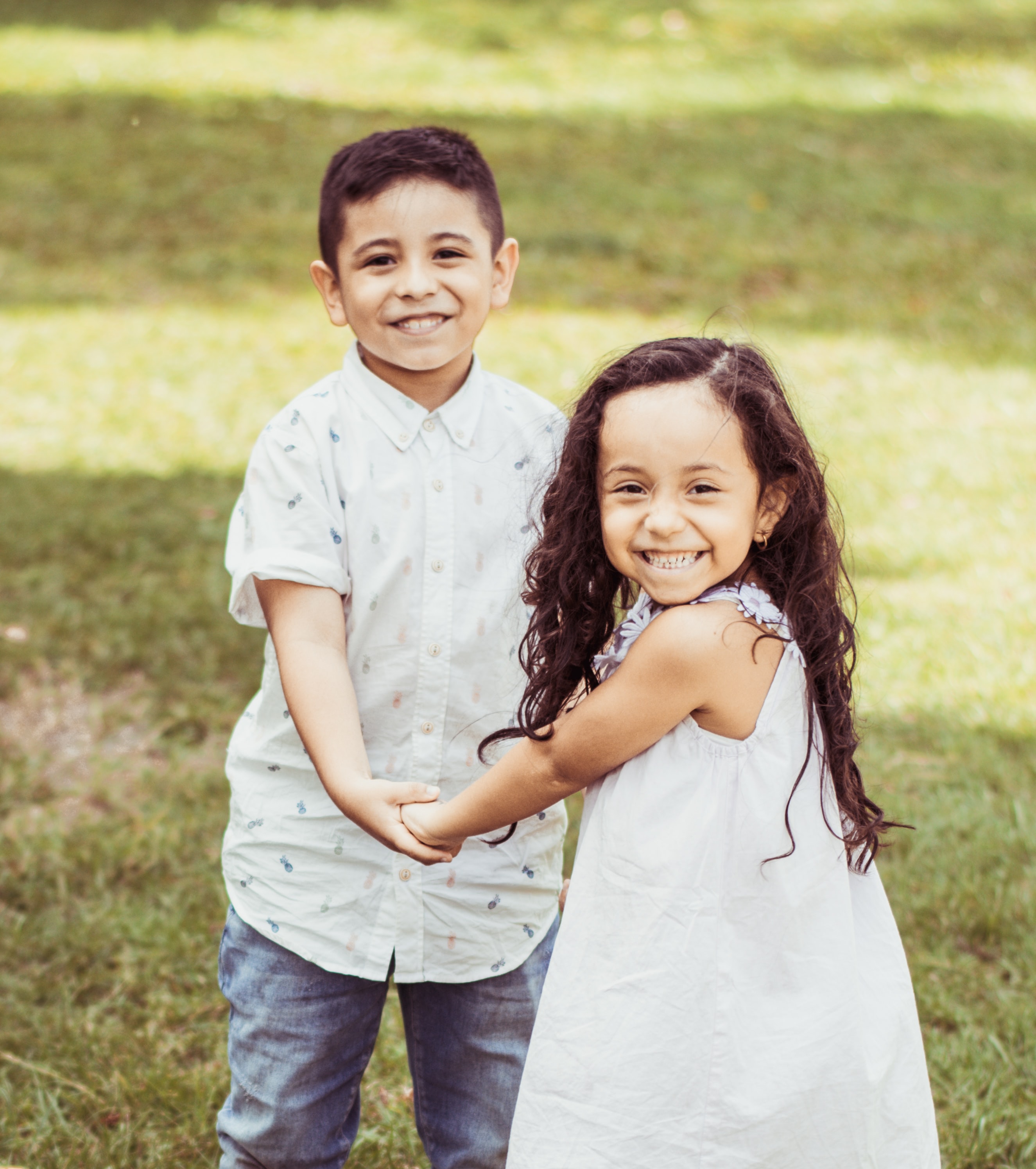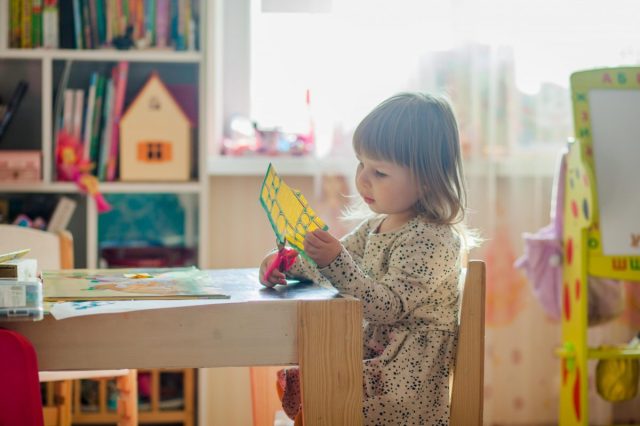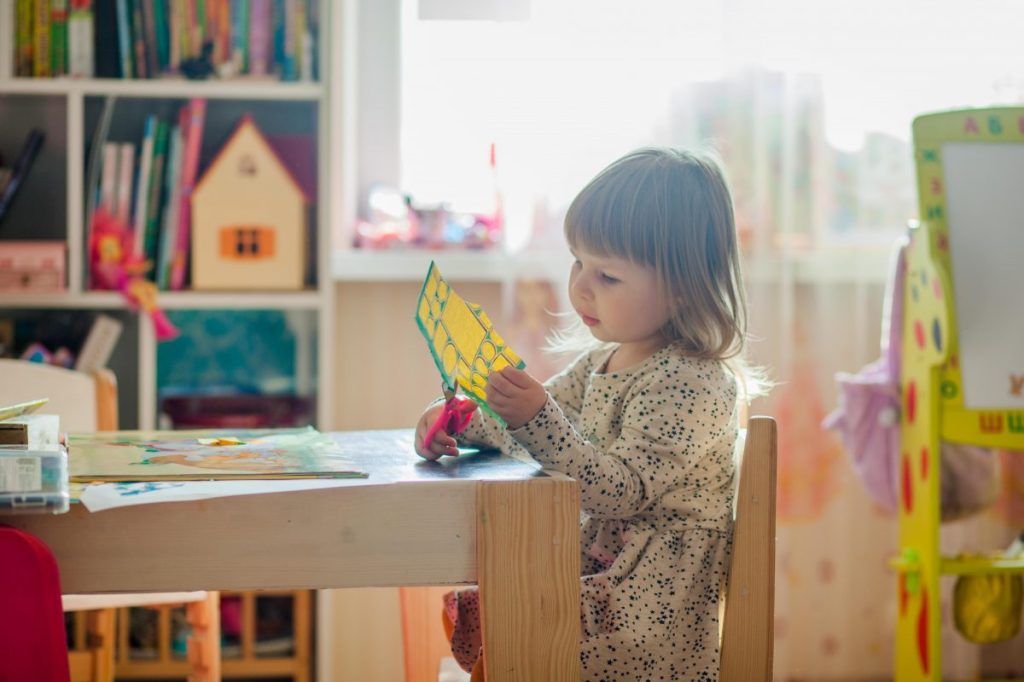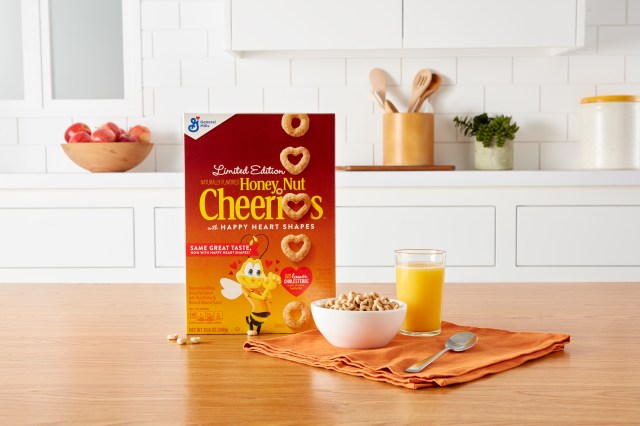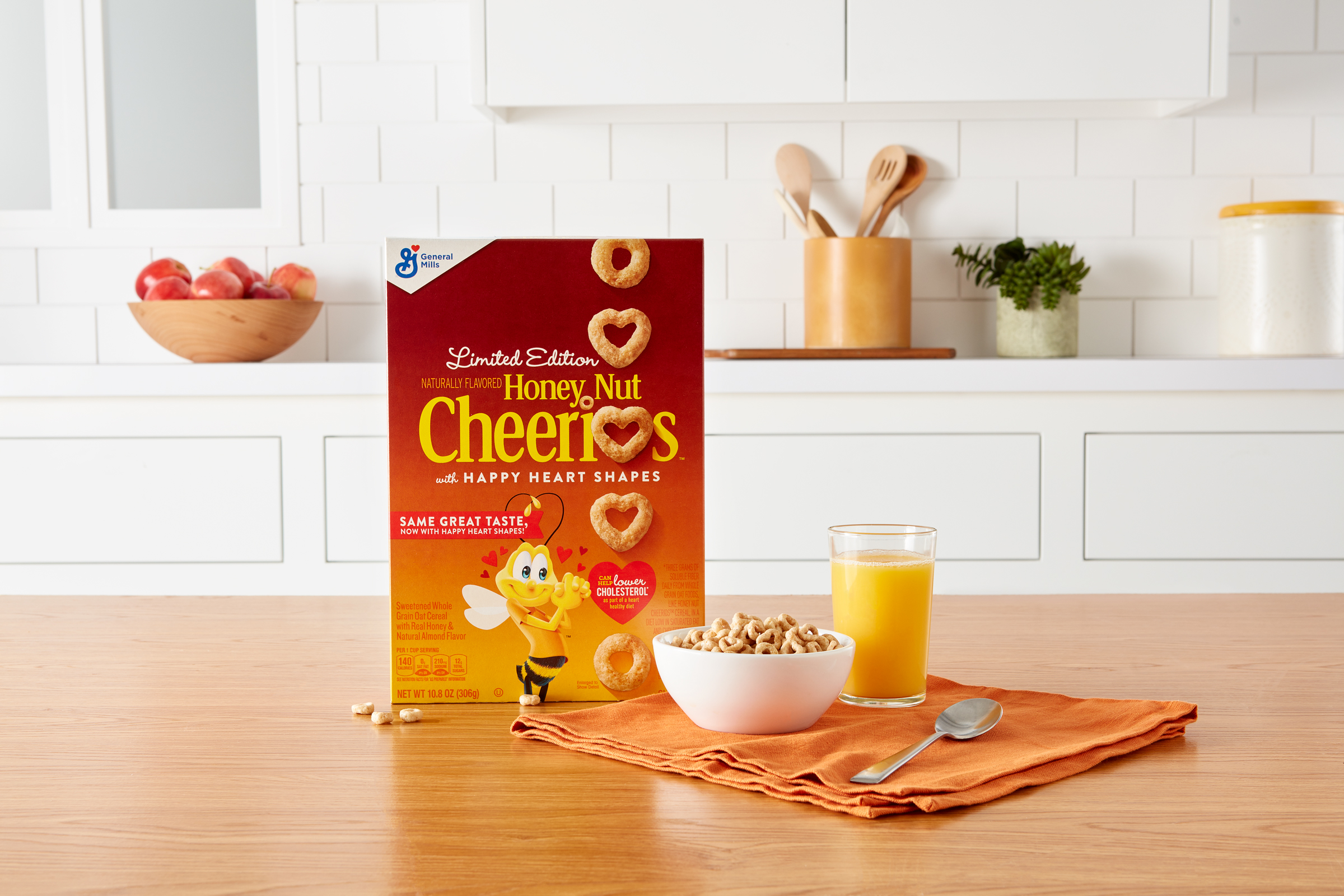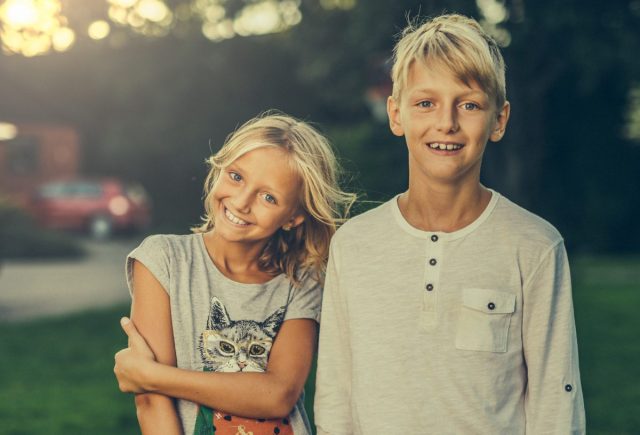There’s nothing like the gift of a good book and what’s better than a book about our beloved city? We checked with our favorite booksellers and gathered up all their recs for the best books for kids about Dallas and the great state of Texas. You can learn all about Big Tex and bluebonnets, armadillos and the Arboretum. Which one will be your little Texan’s new favorite?
10 Little Monsters Visit Texas
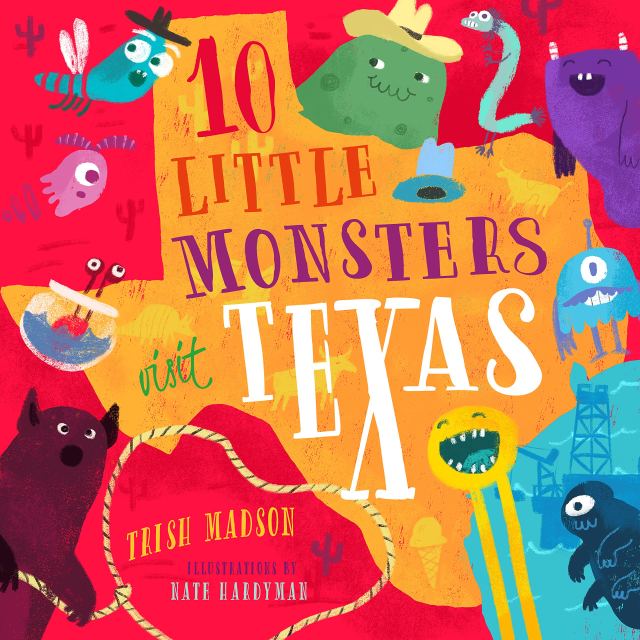
By Trish Madson
From the Alamo to the Rio Grand and off to the rodeo, these 10 Little Monsters discover some of the most unique and interesting things about Texas and what it has to offer. Silly, over-the-top fun and a bit macabre, 10 Little Monsters Visit Texas is the perfect book for every little boy and ghoul!
Get yours here, $11.79.
Armadillo Rodeo
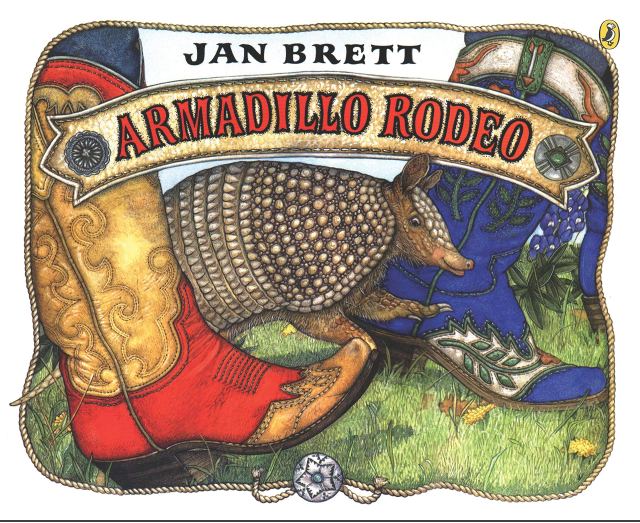
By Jan Brett
When Bo spots what he thinks is a "rip-roarin', rootin'-tootin', shiny red armadillo," he knows what he has to do. Follow that armadillo! Bo leaves his mother and three brothers behind and takes off for a two-stepping, bronco-bucking adventure. Jan Brett turns her considerable talents toward the Texas countryside in this amusing story of an armadillo on his own.
Get yours here, $6.99.
Dallas Cowboys 101
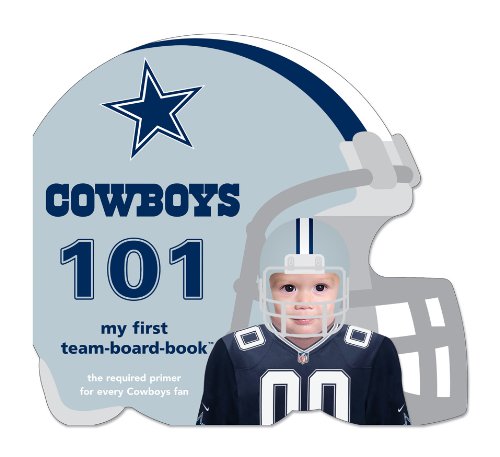
By Brad Epstein
Dallas Cowboys 101 is required reading for every Cowboys fan! From Roger Staubach's game-winning "Hail Mary" pass and the Dallas Cowboys Cheerleaders to the five Super Bowl Championships, you'll share all the memories with the next generation.
Get yours here, $12.95.
Don’t Eat The Bluebonnets
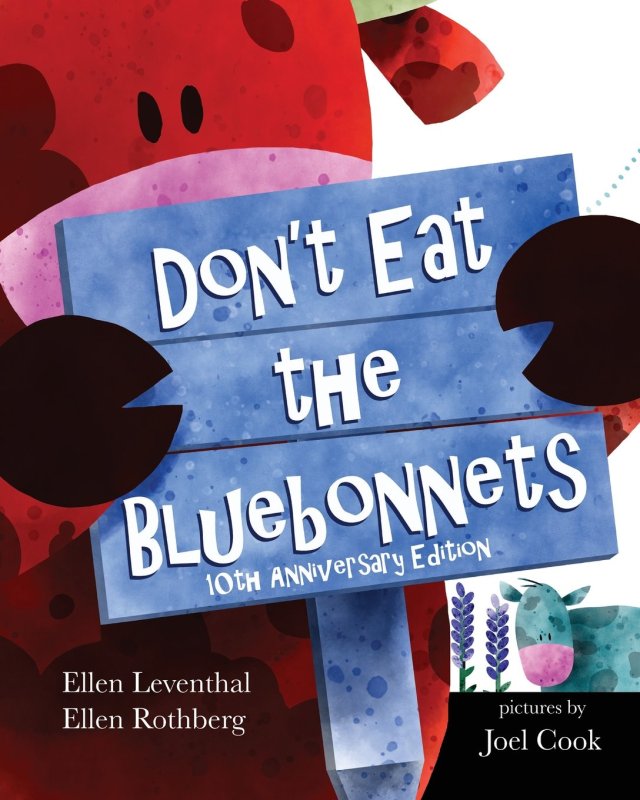
By Ellen Leventhal
Don’t Eat the Bluebonnets is the story of Sue Ellen, a cow with a mind of her own, who loves the taste of bluebonnets. When she gives into temptation and eats every yummy bluebonnet, she must figure out a way to get them back. After several humorous attempts to make things right, Sue Ellen learns the importance of responsibility and decision making.
Get yours here, $10.32.
Goodnight Dallas

By Jennifer Gaines Drez
Goodnight Dallas is a colorful and beautifully illustrated book that captures a child’s attention, while teaching them the history and importance of Dallas. It appeals to visitors as well as residents and is the perfect way to teach and interest children as they travel.
Get yours here, $17.95.
Good Night Dallas/Fort Worth

By Adam Gamble
We love this book that features the Dallas and Fort Worth zoos, Fort Worth Water Gardens, Dallas Arboretum and Botanical Garden, Perot Museum of Nature and Science, Fort Worth Museum of Science and History, the State Fair of Texas and more.
Get yours here, $9.59.
Good Night Texas
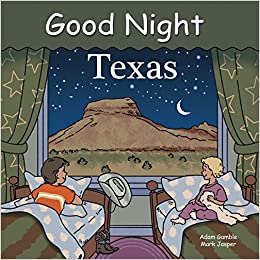
By Adam Gamble
Saddle up, Partner! It’s time to adventure to the Great State of Texas! Hike all around Big Bend National Park, swim in the warm beach on Galveston Island, learn about the history of the Alamo, and so much more.
Get yours here, $9.95.
L Is for Lone Star: A Texas Alphabet
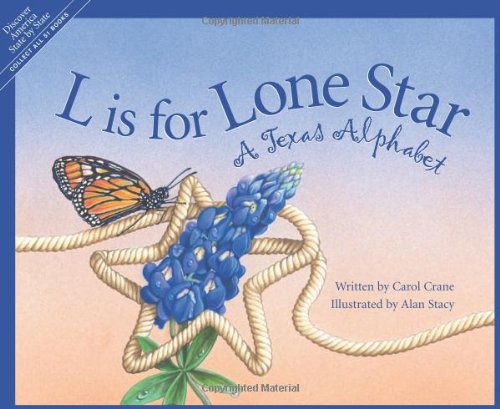
By Alan Stacy
There are enough special people, wildlife, and natural wonders in the Lone Star State to fill several alphabet books, and Sleeping Bear Press has picked out the finest to represent Texas in L is for Lone Star: A Texas Alphabet.
Get yours here, $13.98.
Larry Gets Lost in Texas
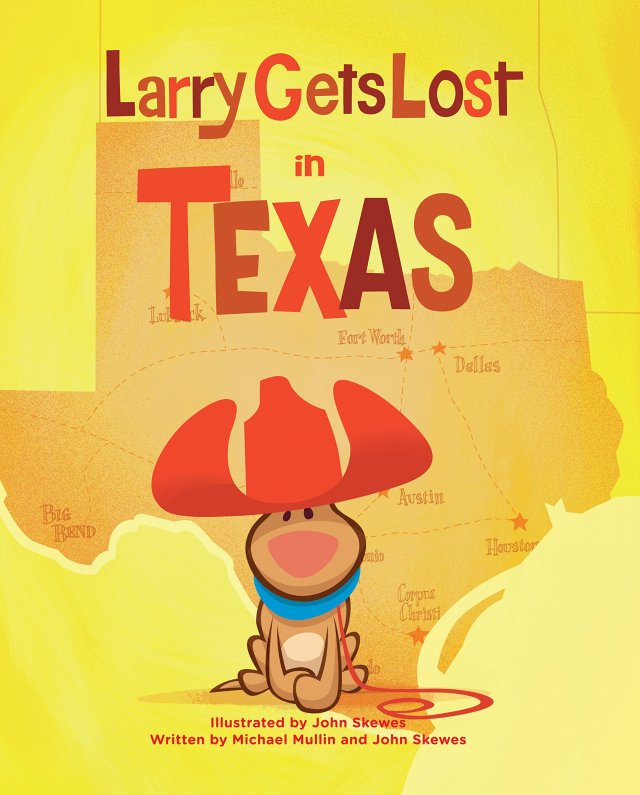
By John Skewes
Larry's latest tale begins in the family's car with a trailer hitched to the back-they're off on a road trip to the Lone Star State! Follow Larry as he gets separated from his best friend Pete and searches for him all over Texas.
Get yours here, $17.32.
Let's Count Texas: Numbers and Colors in the Lone Star State
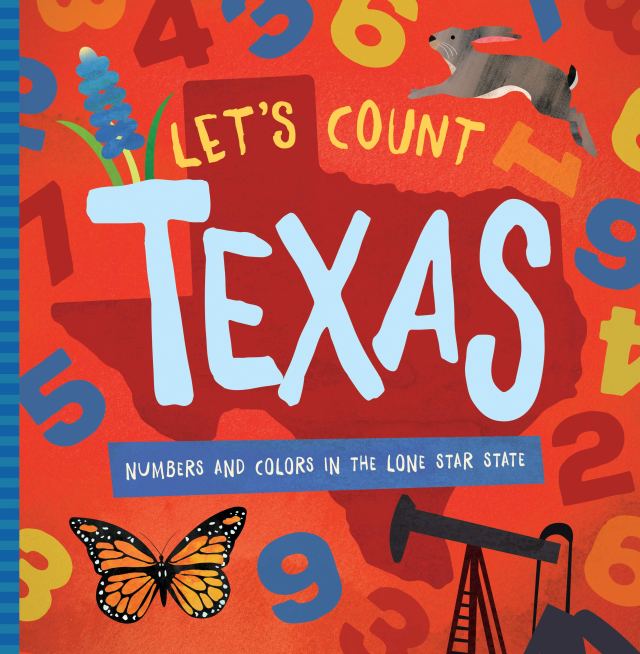
By Trish Madson
Numbers and colors are more fun in Texas! In this dynamic, colorful primer, young readers count from 1 to 10—learning colors along the way—as they discover the places, animals, and other wonderful things that make Texas so unique.
Get yours here, $8.49.
The Story of the Dallas Cowboys and That Big Texas Town

By Daniel Hellman
This book brings to life for your child the story of the greatest team in the history of the National Football League. Follow the Cowboys from the glory years of the Landry era through the lean years and back to triumph in winning three Super Bowls in the 1990's.
Get yours here, $14.95.
T is for Texas: A Lone Star State ABC Primer
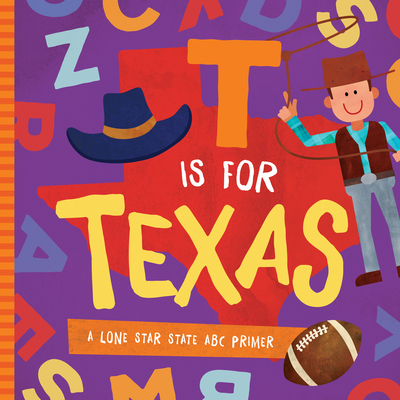
By Trish Madson
With F for football, J for jackrabbit, and R for Rio Grande, going from A to Z has never been more fun! Take an alphabetized field trip around the Lone Star State and discover the plants, animals, foods, and places that make it, well, Texas!
Get yours here, $11.99.
This is Texas, Y'All!: The Lone Star State from A to Z
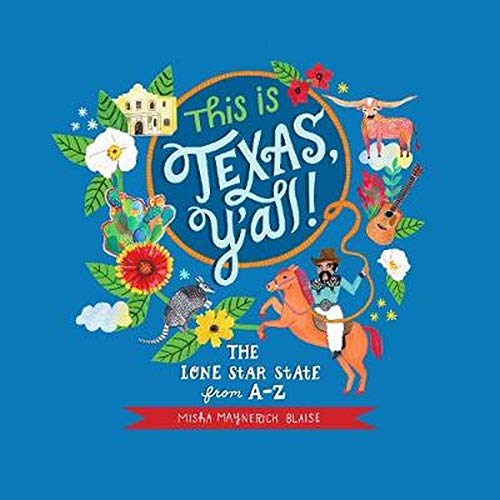
By Misha Blaise
Take a rollicking ride through Texas culture and history with this quirky illustrated guide to all things Texan. Beyond celebration of classic cowboy culture, you will discover fascinating factoids paired with whimsical hand-drawn art.
Get yours here, $13.49.
—Kate Loweth
Images courtesy of publishers. Featured photo courtesy of iStock.
RELATED STORIES
The Best 100+ New Books of 2020, According to Our Kids
Shop Here: 6 Independent Toy Stores That Dallas Parents Love
The Top Holiday Gifts of 2020 for Every Age & Stage
